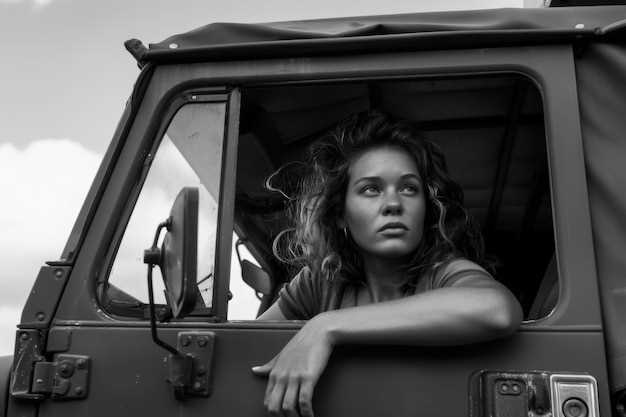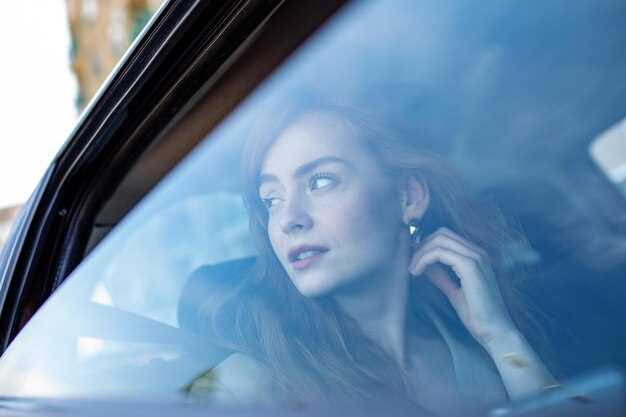
In the world of automotive photography, the impact of imagery extends far beyond mere visuals. Capturing vehicles in a way that resonates emotionally with the viewer requires more than technical skill; it involves an understanding of the narrative behind each machine. Every car tells a story, and the challenge lies in translating that story into powerful images that evoke feelings of nostalgia, adventure, or freedom.
To forge these emotional connections, photographers must tap into the essence of their subject. Highlighting the unique design elements, the play of light on a polished surface, or the rugged terrain traversed by a beloved off-roader can stir emotions and create an atmosphere that invites viewers into the moment. Every click of the shutter has the potential to transform a mundane vehicle into a character with its own personality and charm.
As we delve deeper into the nuances of automotive photography, we will explore techniques and approaches that enable photographers to create compelling images. By focusing on the interplay between light, environment, and the vehicle itself, we can elevate our work from ordinary to extraordinary, ensuring that the impact of our photography leaves a lasting impression on the audience.
Techniques for Capturing Authentic Vehicle Emotions
To evoke genuine emotions through vehicle photography, it’s essential to focus on various techniques that impact the viewer’s perception. One effective method is the use of natural lighting. Shooting during the golden hour, when the sun is low, casts soft shadows and enhances the vehicle’s curves, giving it a dynamic yet inviting presence.
Another important technique is to incorporate movement. Capturing a vehicle in action, whether through panning shots or dynamic compositions, can convey a sense of freedom and excitement. This technique emphasizes the vehicle’s capabilities and creates an emotional response related to adventure and exploration.
Close-up shots can also create a strong impact by revealing intricate details of the vehicle. Highlighting features such as the texture of the leather interior, the shine of the chrome, or the design of the headlights engages the viewer and helps establish a personal connection with the vehicle.
Moreover, context is crucial. Placing the vehicle in meaningful environments enhances the narrative and deepens emotional connections. For example, a classic car parked on a rustic street or a sleek sports car on a winding road can evoke nostalgia or thrill, impacting how the audience feels about the vehicle.
Lastly, capturing genuine interactions between people and vehicles can further amplify emotional resonance. Whether it’s a family stepping into an SUV for a road trip or an individual admiring a vintage model, these moments tell a story that viewers can relate to, forging a stronger bond between them and the vehicle.
Enhancing Your Vehicle Photography with Creative Storytelling

Emotional connections in vehicle photography can be significantly enhanced through creative storytelling. Each photograph has the potential to convey a narrative that resonates with viewers, drawing them into the world of the vehicle. By employing storytelling techniques, photographers can evoke feelings and establish a deeper bond between the audience and the subject.
Establishing Context is essential for creating a compelling story. Including elements that define the vehicle’s environment–such as landscapes, urban backdrops, or interiors–can provide a narrative framework. This context not only informs viewers about the car’s intended purpose and lifestyle but also invites them to imagine their own experiences with the vehicle.
Next, capturing emotion in the vehicle’s angles and details is vital. Close-up shots of specific features or wide shots that showcase the car in motion can elicit feelings of excitement, nostalgia, or adventure. Understanding the emotions associated with different vehicles–whether it’s the sleek elegance of a sports car or the rugged spirit of an off-roader–allows photographers to tailor their shots to evoke specific emotional responses.
Incorporating Human Elements into vehicle photography further enhances storytelling. Including people interacting with the vehicle–driving, admiring, or in candid moments of enjoyment–creates a relatable narrative. This human connection can amplify the emotional impact, as viewers can see themselves in those moments, fostering a sense of aspiration or desire.
Utilizing lighting and composition creatively can also reinforce the story. The golden hour, for example, can add warmth and richness, while dramatic shadows can create intrigue. Consider using leading lines or framing techniques that guide the viewer’s eye toward the vehicle, enhancing the overall story being told through the photograph.
In summary, the intersection of vehicle photography and storytelling offers a powerful way to forge emotional connections. By establishing context, capturing emotion, incorporating human elements, and creatively using lighting and composition, photographers can create compelling images that resonate with viewers, transforming mere photographs into engaging narratives.
Understanding the Psychological Impact of Vehicle Imagery on Audiences

Vehicle imagery plays a crucial role in shaping emotional responses among potential consumers. The visual representation of a vehicle can evoke a range of feelings, from excitement and adventure to luxury and status. These emotions are instrumental in influencing purchasing decisions, as consumers often associate specific imagery with their personal values and aspirations.
High-quality vehicle photography captures not just the physical attributes of a car but also its essence. The use of lighting, composition, and context can create a narrative that resonates with viewers. For instance, a vehicle photographed on a scenic mountain road can invoke feelings of freedom and exploration, appealing to the audience’s desire for adventure. On the other hand, an image of a sleek car parked in an urban setting may elicit emotions of sophistication and success.
The psychological impact of vehicle imagery extends beyond mere aesthetics. It taps into the audience’s subconscious associations and cultural perceptions. Brand identity plays a significant role here; different brands evoke different emotions based on their heritage, target audience, and marketing strategies. For example, a rugged outdoor brand will employ imagery that promotes toughness and resilience, while a luxury brand may focus on elegance and exclusivity.
Moreover, storytelling through vehicle imagery can create deeper emotional connections. When a car is portrayed as part of a lifestyle, it becomes more than just a mode of transportation–it transforms into a symbol of personal identity. This emotional engagement encourages audiences to envision themselves within these narratives, further solidifying their connection to the vehicle.
In conclusion, understanding the psychological impact of vehicle imagery on audiences is essential for effective marketing and branding. A well-crafted visual narrative can evoke powerful emotions that drive consumer behavior and foster lasting connections between individuals and vehicles.





